Walking through Palermo’s historic markets felt like entering a different universe. Vendors shouted prices, bright piles of produce caught my eye, and the smells—oh, the smells—practically pulled me from stall to stall. These markets completely changed how I see Italian food. I realized that Sicily’s cuisine isn’t just pizza and pasta; it’s packed with Arab-influenced dishes you won’t find anywhere else in Italy.
I still remember losing myself in the winding alleys of Capo and Ballarò. Every turn seemed to hide something new—panelle sizzling in hot oil, golden arancini stacked high, and pani ca’ meusa that locals ate with pure joy.
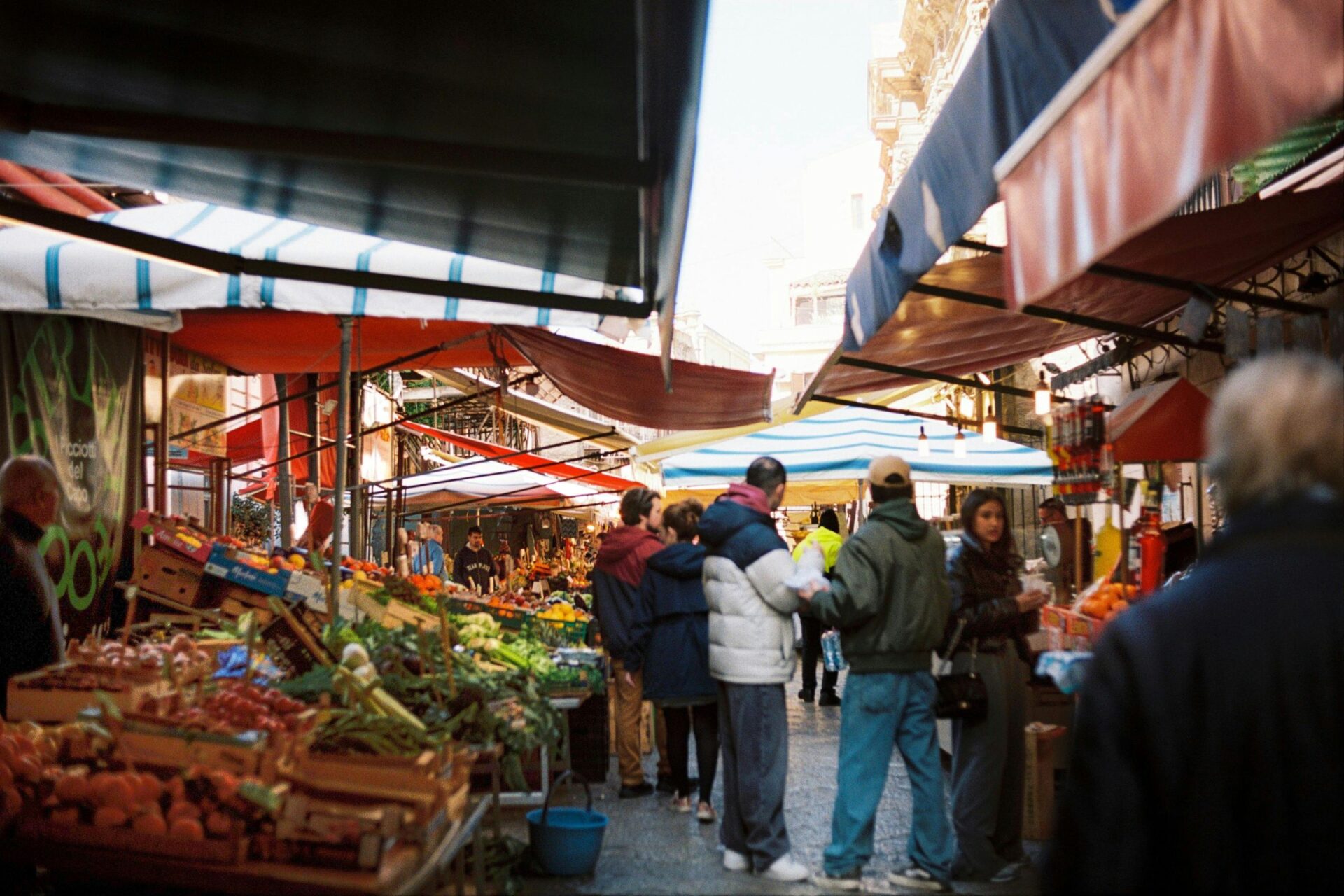
The vendors didn’t care about putting on a show for tourists. They just did what they’ve always done, living out traditions that stretch back hundreds of years.
Sicily’s food culture pulses through these markets. Unlike the polished, Instagram-ready food halls I’d seen elsewhere, Palermo’s markets felt gritty and real.
The way people cooked, the ingredients they used, the flavors—all of it told stories. Greek, Arab, Spanish, Norman influences? You can taste them, if you’re paying attention.
Diving Into Palermo’s Vibrant Food Markets
Palermo’s markets really are the soul of Sicilian food. There’s nothing quite like the chaos of those narrow lanes, the rainbow of produce, the constant chatter.
Each vendor and every bite reveals something about Sicily’s culinary heritage.
Experiencing Ballarò and Vucciria
I wandered into Ballarò on a warm Tuesday, and the noise hit me first. Sicilian voices bounced off the walls, vendors haggled, and locals bargained like it was an art form.
Ballarò didn’t bother pretending for tourists. It just existed for Sicilians, who came to shop, argue, and gossip. The market twisted through alleys, and I happily got lost, not really worrying about where I’d end up.
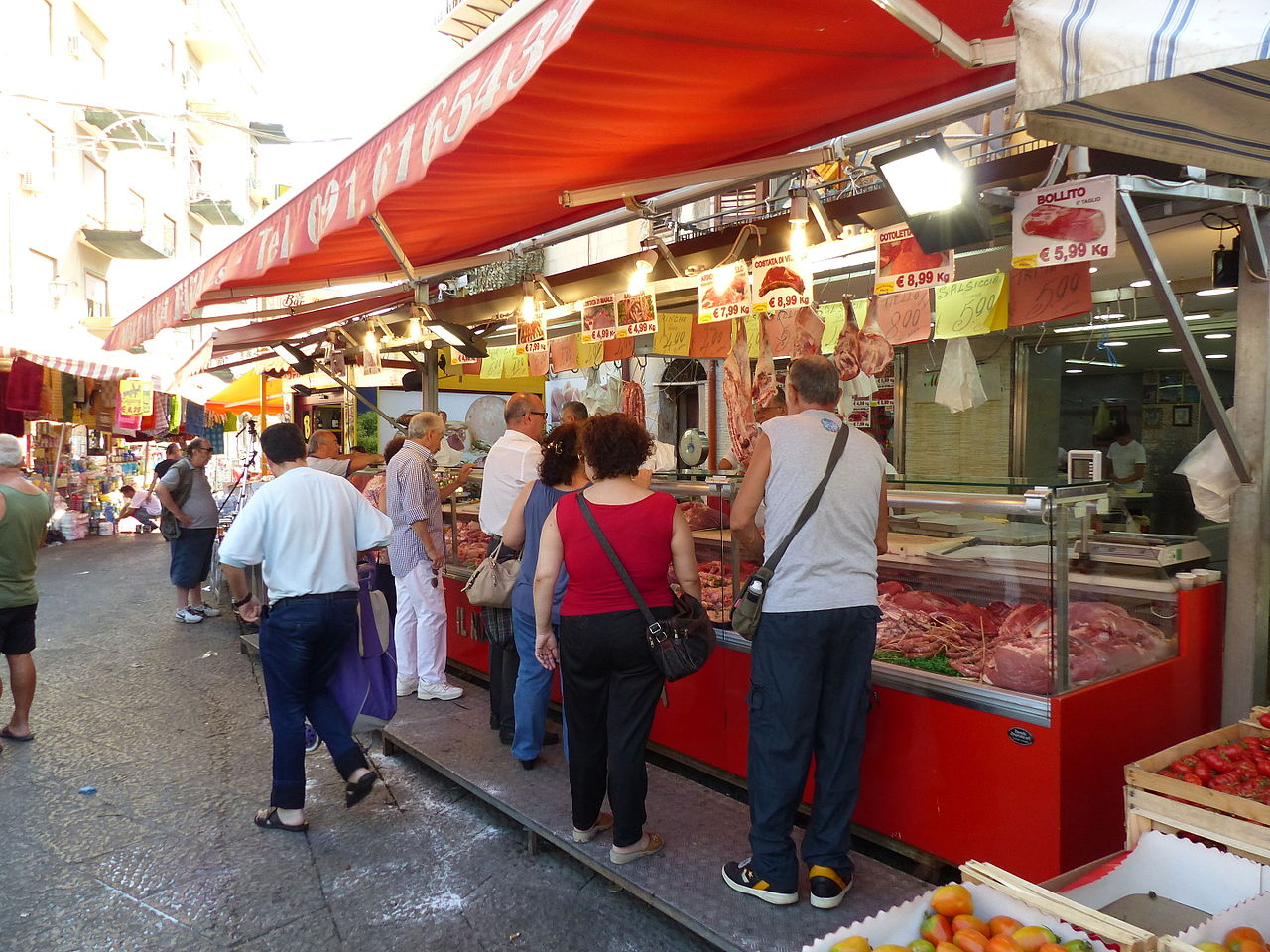
Image Source: Wikimedia Commons
Vucciria, once the city’s most famous market, felt different. Quieter during the day, but at night? The place buzzed with people drinking and laughing, while a few stubborn vendors kept selling whatever they had left.
What really caught me off guard was how much these markets still act as community centers. Neighbors stopped to chat, caught up on news, and picked out their groceries together.
Sometimes a Carabinieri officer wandered by, but honestly, it felt more ceremonial than anything.
The Sights, Sounds, and Smells of the Market
Palermo’s markets overwhelmed my senses in the best way. Purple eggplants, tomatoes that looked almost too red to be real, and heaps of citrus fruits under bright tarps—everywhere I looked, something demanded attention.
The seafood stalls put on their own show:
- Swordfish heads with long bills
- Anchovies laid out like silver jewelry
- Octopus tentacles spilling from bins
- Shellfish that smelled like the open sea
Noise never stopped. Vendors called out, “Bella! Bella!” Knives thudded against cutting boards, and conversations happened in a Sicilian dialect I could barely follow.
The smells changed with every step. Sweet fruit, salty fish, and then out of nowhere, the scent of something frying at a street food stand.
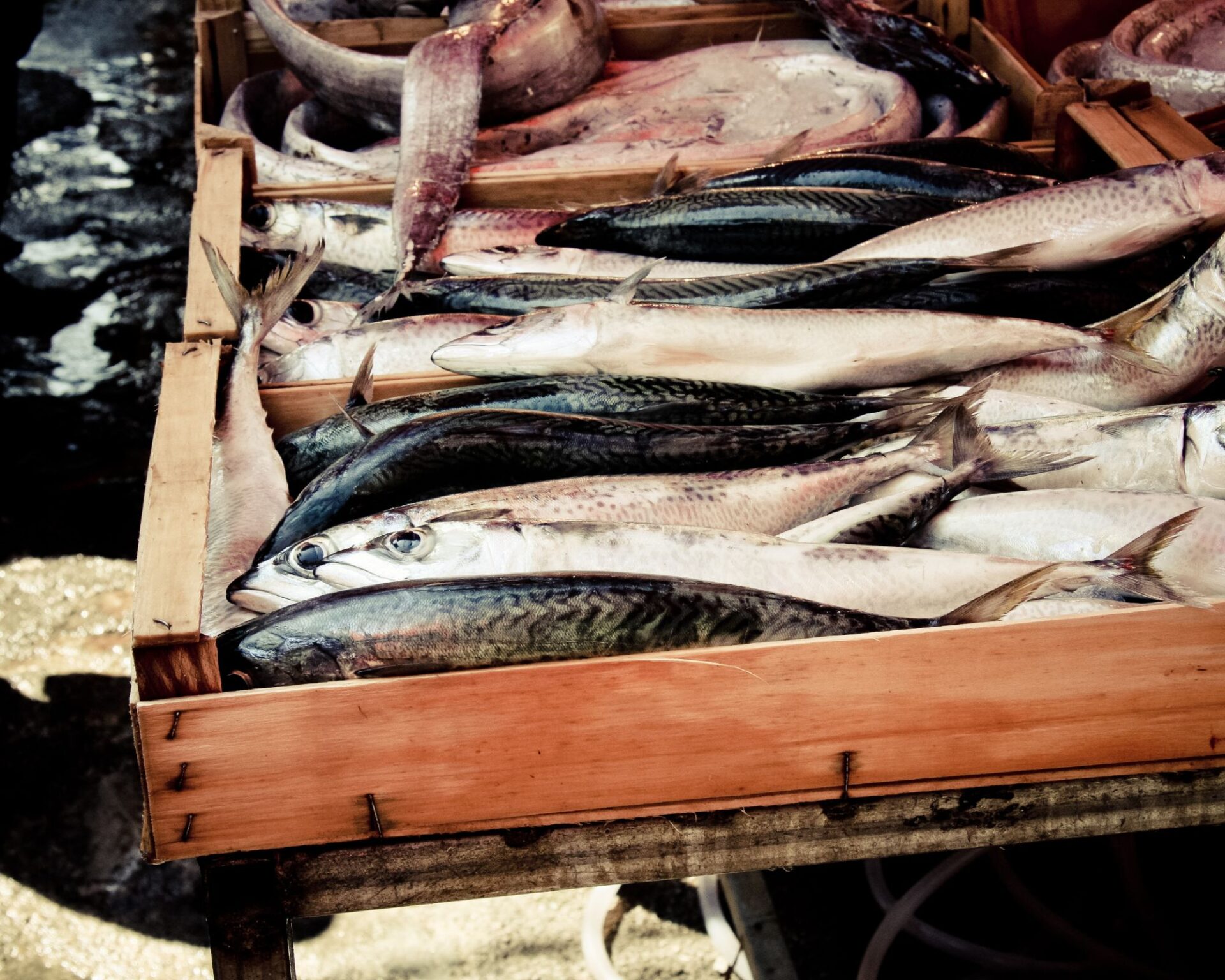
Navigating Local Crowd and Traditions
I picked up market etiquette pretty quickly. If you touch the produce before buying, you’ll get a look—better to point and let the vendor handle it.
Prices didn’t always appear on signs, so I had to ask. Turns out, being friendly and curious got me better deals than trying to haggle hard. A smile and a “Quanto costa?” usually did the trick.
Mornings offered the best picks, but late afternoons sometimes meant bargains as vendors tried to clear out. Locals told me to buy what’s in season—Sicily’s soil grows something special all year.
Eating at the market seemed non-negotiable. I followed crowds to the busiest stands, and for a couple euros, I got panelle or a spleen sandwich—food that’s fed Palermo for generations.
Unexpected Culinary Discoveries
Wandering Palermo’s markets opened my eyes to flavors I’d never imagined belonged to Italian cooking. The food here goes way beyond tourist expectations and reveals the real Sicily.
Sampling Palermo’s Street Food Icons
The first bite of a hot arancino blew my mind. These golden rice balls, filled with ragu and peas, aren’t just snacks—they’re a point of pride. Every vendor swore their family recipe was the best.
Potato croquettes—locals call them “crocchè”—became my go-to snack. Crunchy outside, soft inside, and barely a euro? Perfect for a midday boost.
And then I tried pani ca meusa. I hesitated at first, but after one bite, I understood why locals love this spleen sandwich, especially with lemon and a bit of caciocavallo cheese.
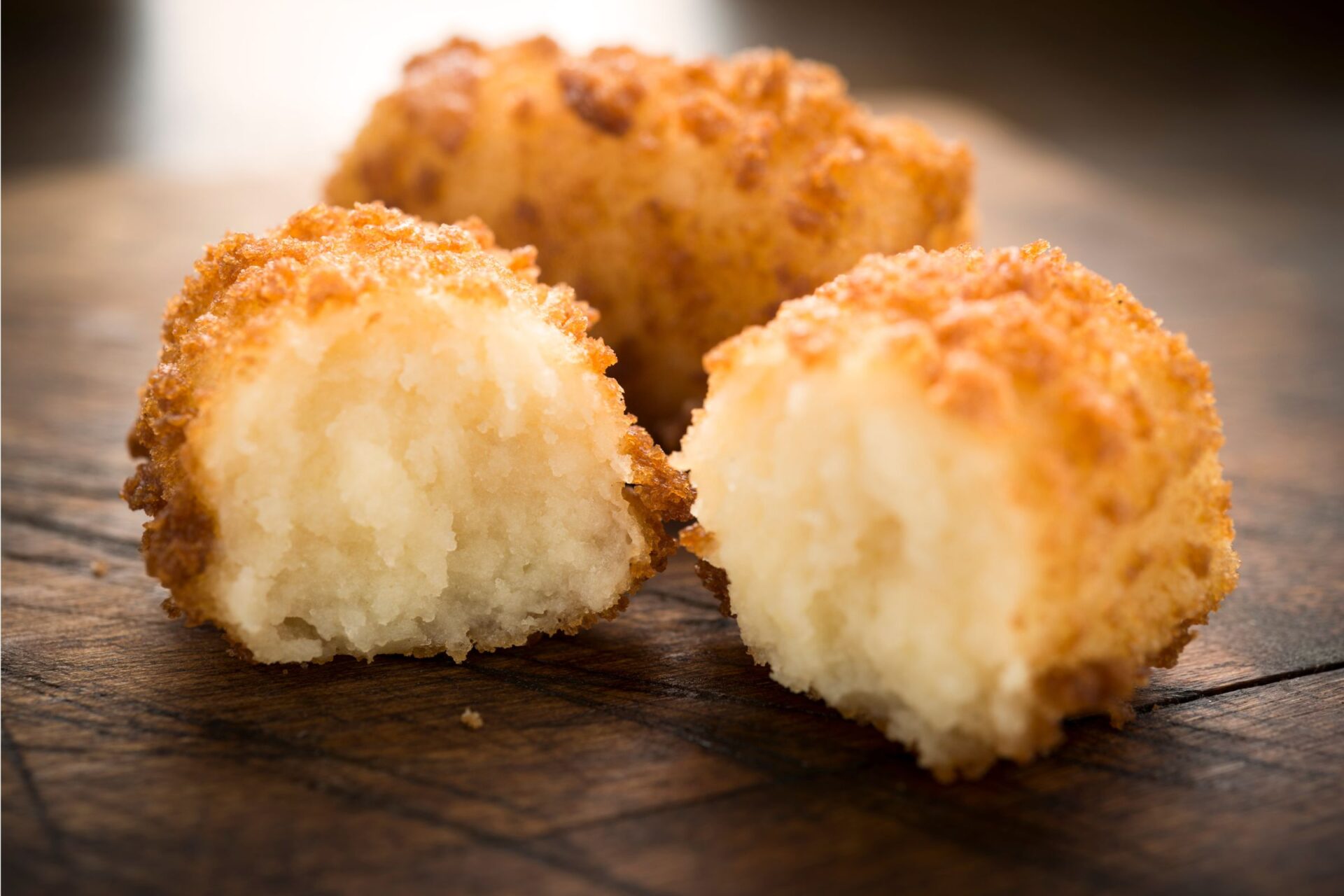
Meeting the Food Vendors and Their Stories
Every stall had someone with a story. Signora Maria, who’s been selling sfincione for forty years, told me her grandmother taught her during WWII when food was scarce.
“Food is memory,” Giuseppe said, as he handed me a cone of panelle. His family’s been making them the same way since the 1920s. You could see the pride in his eyes.
Vendors remembered me, too. By my third visit, one guy grinned and said, “The American who likes extra lemon, right?” That little moment made my day.
Finding Hidden Focaccerias
Some of Palermo’s best food hides in plain sight. Old focaccerias squeezed between souvenir shops serve specialties you’d never find in a guidebook.
At Focacceria San Francesco, open since 1834, I tried vastedda—a sandwich with thinly sliced cow spleen that tasted way better than it sounds. The place had just a few wooden tables but more character than any fancy restaurant.
I stumbled into a nameless shop where an old woman baked sfincione in a stone oven that looked as old as the city. The dough, topped with tomatoes, onions, and breadcrumbs, had a tang from anchovies that I couldn’t get enough of.
These spots don’t bother with advertising. You find them by following your nose or watching where locals go for lunch.
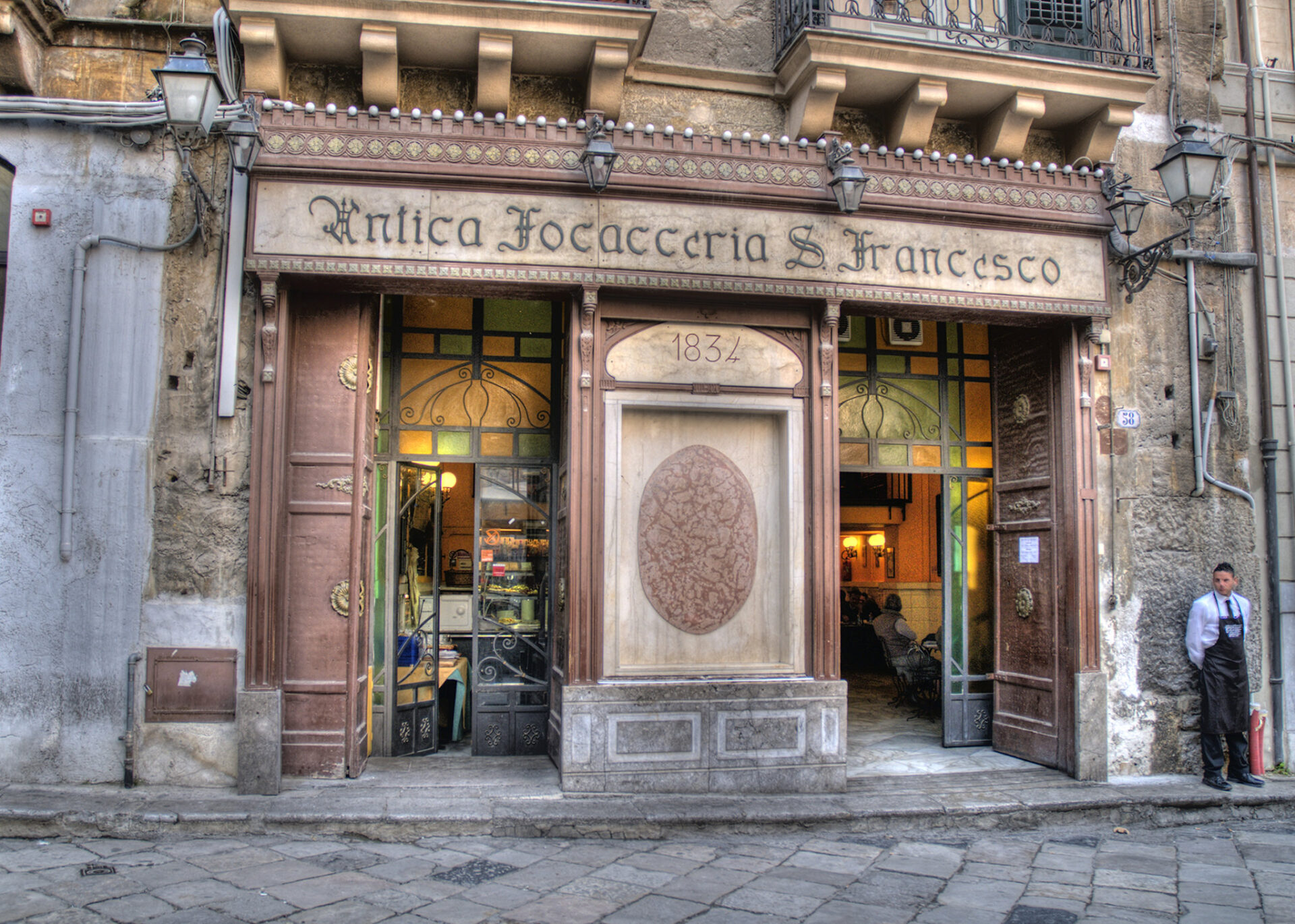
Image Source: Flickr
Sicilian Ingredients That Changed My Perspective
Palermo’s markets showed me ingredients that make Sicilian food so different. Every vendor seemed to highlight a piece of Sicily’s wild mix of Mediterranean, Arab, and European flavors.
Exploring Fresh Vegetables and Herbs
The vegetable stalls overflowed with things I’d never seen before. Wild fennel stood out right away—way more aromatic than the bland stuff back home. Locals use it in pasta con le sarde, the city’s signature dish with sardines, pine nuts, and anchovies.
Eggplants are a big deal here. I saw people picking them out for caponata, that sweet and sour dish with a definite Arab vibe. The shapes and sizes surprised me—some long and skinny, others round and heavy.
Artichokes towered on tables in spring. A vendor showed me how to pick the tender ones, explaining they’ve been part of Sicilian cooking since the Arab period.
Citrus fruits—lemons, oranges, and some weird varieties I’d never seen—brightened every corner. Sicilian lemons, in particular, packed so much flavor that even a little zest transformed a dish.
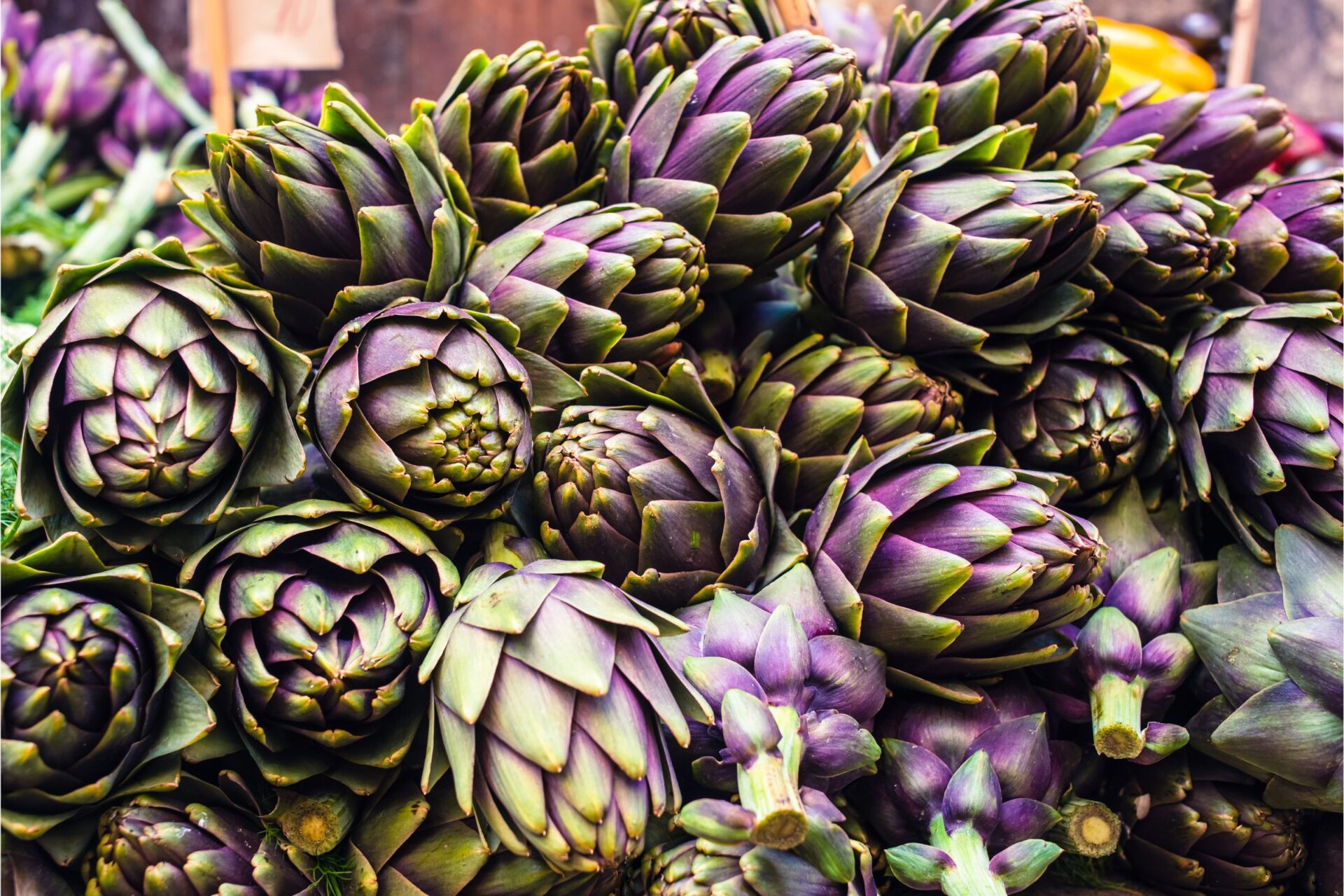
Cheese and Cured Meats Selection
Sicilian cheese counters opened my eyes to more than just mozzarella and parmesan. Caciocavallo, hanging like teardrops from wooden beams, caught my attention. When the vendor sliced a piece, I tasted sharp, nutty flavors that deepened with age.
Ricotta here blew away anything I’d eaten before. Made from sheep’s milk, it’s unbelievably fresh and creamy. Locals bought it still warm, and I tried it drizzled with honey—pure heaven.
Cured meats reflected Sicily’s farming roots. Salami with pistachios or fennel seeds showed how locals use what’s around them to make something familiar feel new.
I loved learning how each cheese or meat connects to a certain village or region. Every product seemed to come with its own story.

Catch of the Day: Local Fish
Palermo’s fish markets buzzed with life. Stalls overflowed with everything from tiny anchovies to huge swordfish, their scales gleaming under the lights. Vendors worked fast, filleting and scaling with practiced hands.
Sardines, a staple here, arrived fresh from the boats in wooden crates. Shoppers picked them out for pasta con le sarde, which I kept reading about in guidebooks.
Swordfish steaks, cut thick from enormous fish, reminded me how much fishing still matters to Sicily. When I asked how to cook them, three vendors jumped in with recipes—always with capers, tomatoes, and olive oil.
Octopus and squid looked a little scary at first, but watching local grandmothers pick them out made me want to try. One fishmonger showed me how to check for freshness—clear eyes and a clean, briny smell.
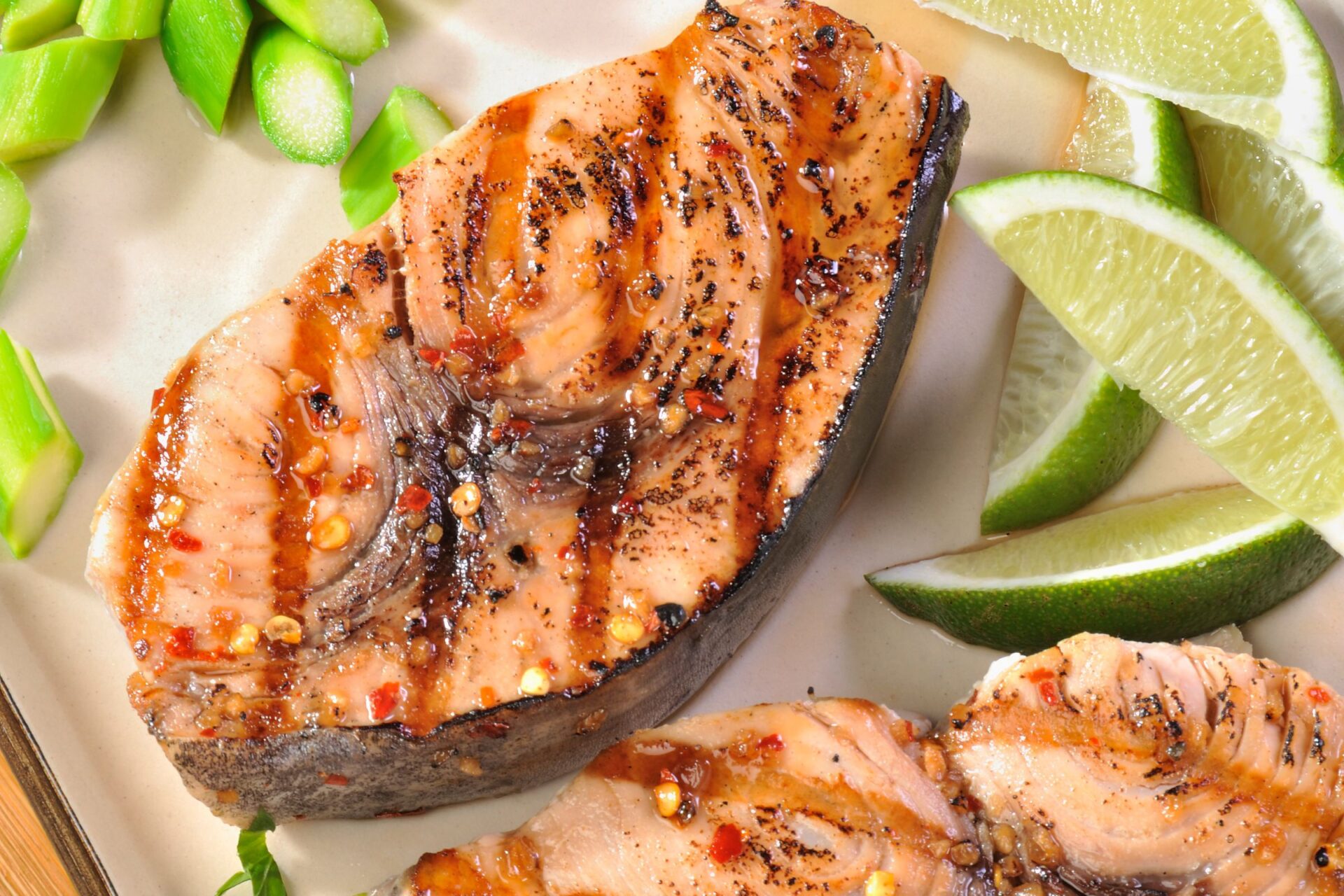
Learning the Flavors of Palermo
Palermo’s food tells the story of centuries of cultural mash-ups, from Arab spices to Norman know-how. As I wandered the markets, I kept finding flavors that felt both familiar and totally new.
Caponata, Ragu, and More Classics
Caponata hooked me right away at Ballarò. This sweet and sour eggplant dish is pure Sicily, with Arab roots. A vendor handed me a chunk on bread and explained how vinegar, capers, and sugar make its unique flavor.
Sicilian ragù surprised me, too. It’s less tomato-heavy than the mainland version and often uses wild fennel. Locals serve it with pasta or stuff it into arancini.
Panelle became my daily snack—simple chickpea fritters that cost almost nothing but pack real flavor. A few other classics I kept coming back to:
- Pasta con le sarde (sardines and wild fennel)
- Sfincione (thick Sicilian pizza with onions)
- Pani ca’ meusa (spleen sandwich)—not for everyone, but it’s as local as it gets
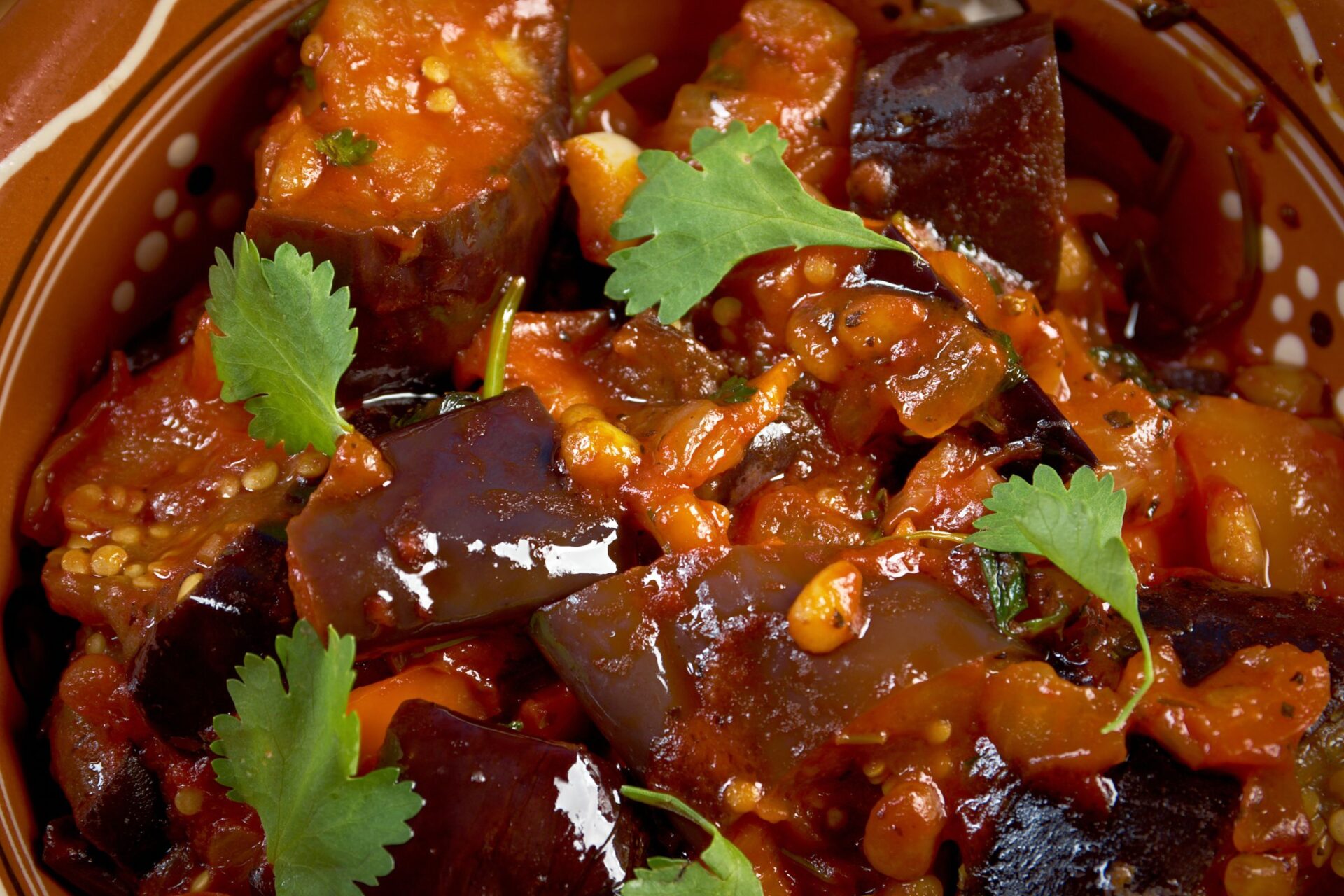
Pizza and Regional Takes
Sicilian pizza isn’t like the Neapolitan pies most tourists dream about. In Capo market, I found sfincione—a thick, fluffy bread covered with tomatoes, onions, anchovies, and caciocavallo.
“We don’t do thin crust,” a vendor joked as he handed me a square. The bread felt like focaccia, but the toppings screamed Sicily.
You see variations all over town. Sometimes there’s more cheese, sometimes a layer of breadcrumbs for crunch. The best slice I had came from a tiny Vucciria stall, baked in a wood-fired oven.
Pizza al taglio (by the slice) made market snacking easy. I’d grab a piece, sip a cold beer, and watch locals argue over the freshest fish. Isn’t that what travel’s really about?
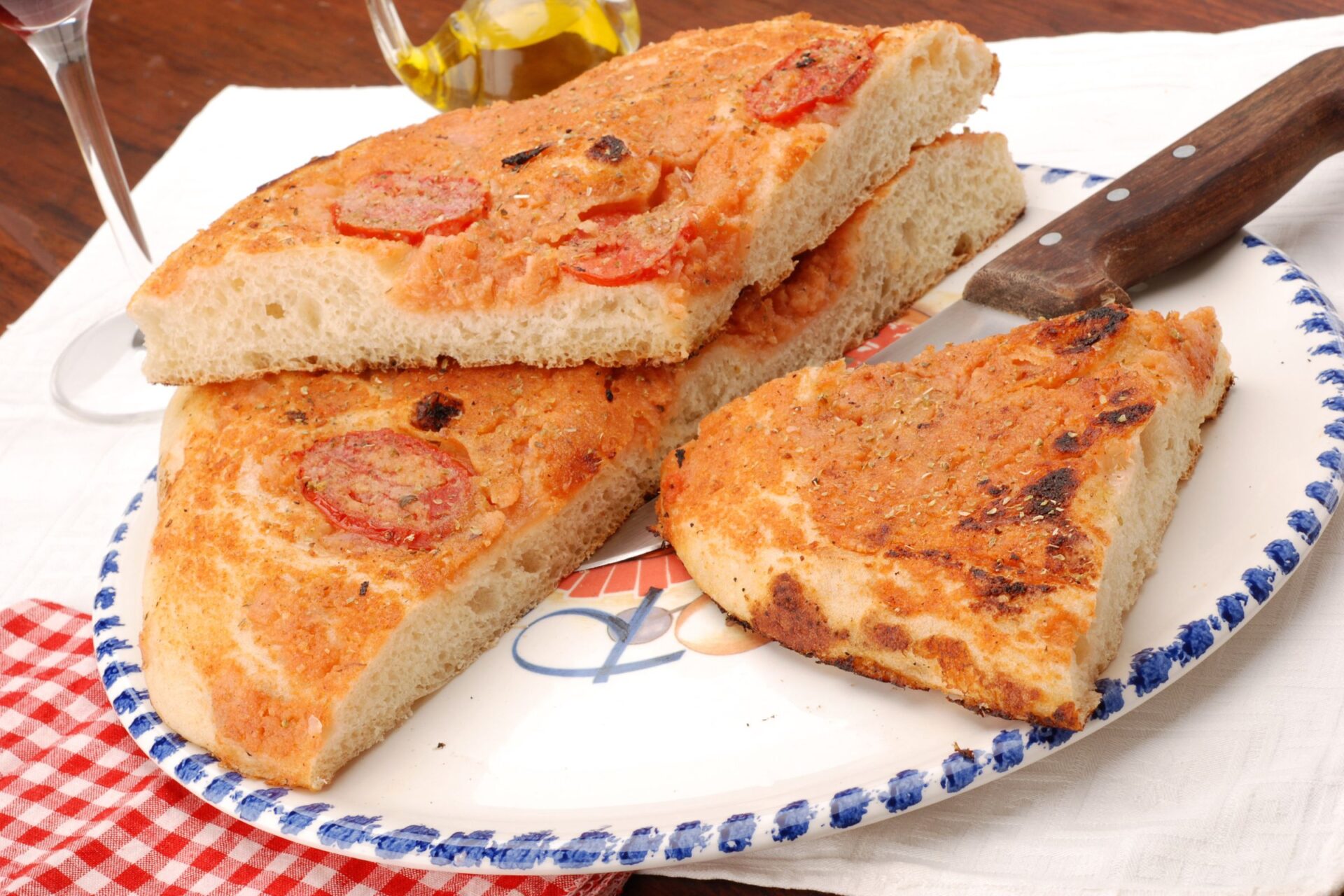
Decadent Sicilian Desserts
Sicilian sweets really show off the island’s wild mix of cultures. Cannoli—those crispy fried pastry tubes with sweetened ricotta—blew away every version I’d tried before. At Borgo Vecchio market, I watched artisans fill each one right in front of me, just to keep the shells perfectly crisp.
Cassata brings Arab sweet traditions front and center. It’s a sponge cake with layers of ricotta, all wrapped up in bright green marzipan and topped with candied fruit. Honestly, it almost looks too pretty to eat.
I kept stumbling onto new favorites:
- Frutta martorana (marzipan shaped to look just like real fruit)
- Gelo di mellone (a watermelon pudding studded with chocolate chips)
- Granita with brioche (especially when it’s almond or coffee—wow)
My top dessert memory? A monsù chef—one of those old-school aristocratic cooks—invited me to make traditional almond cookies using recipes that go back centuries. I didn’t expect to feel so connected to the past, but there it was.

Savoring the Complete Dining Experience
Palermo’s food scene really comes to life when you try both the bustling market stalls and the sit-down restaurants. Each one gives you a totally different taste of Sicilian cooking.
How Market Food Compares to Restaurants
When I wandered through Ballarò or Capo markets, I realized market food is a ridiculous value. A big, satisfying panelle sandwich goes for just €3-4. In restaurants, similar appetizers start at €8-10—sometimes more.
Honestly, the authenticity struck me right away. Market vendors stick to recipes their families have used for ages. They don’t worry about fancy plating or any of that. The food just feels real, grounded in everyday Sicilian life.
Restaurants, on the other hand, give you comfort and a bit of ceremony. At Osteria dei Vespri, I tried a refined arancini that took the street food classic and made it feel almost elegant. The plating looked delicate, and the service was warm but never stiff.
The pace couldn’t be more different. You eat market food standing up, in the thick of everything. Restaurant meals linger for hours, letting flavors and conversations stretch out. Isn’t that what dining’s really about?
Pairing Sicilian Wine With Meals
Sicily’s wines honestly surprised me with how well they match the island’s bold flavors. I didn’t realize this until I actually spent time wandering around Palermo.
I always thought Nero d’Avola was just another red, but its rich berry notes really shine with those hearty meat dishes you find in the markets. Honestly, it just works.
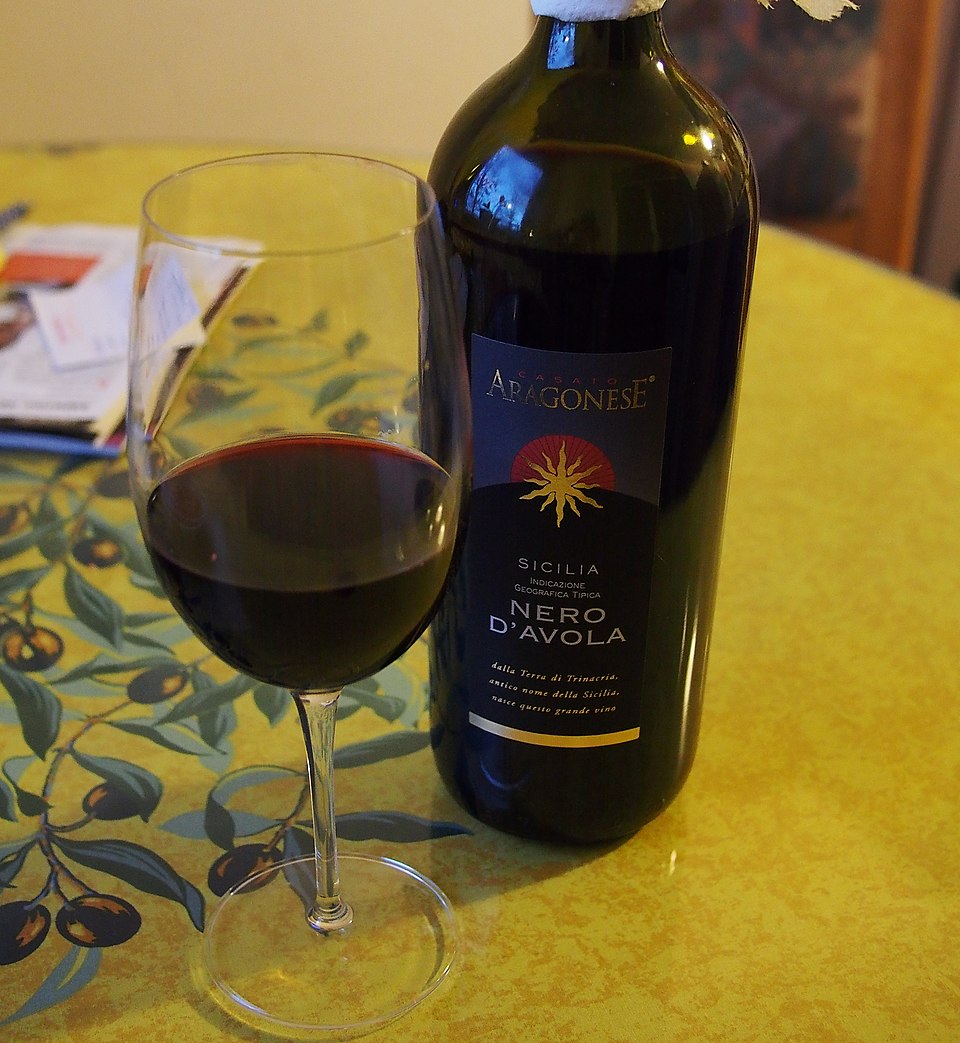
Image Source: Wikimedia Commons
When it comes to seafood, Grillo blew me away—it’s crisp and bright, and it somehow manages to cut right through the richness of Palermo’s famous seafood pasta. You can usually grab a glass of decent wine at the markets for just €3-5, which feels like a steal.
A few restaurants, like Enoteca Picone, offer these guided pairings. I learned there how regional wines grew up alongside the local food, and it made me appreciate both a lot more.
The volcanic soil around Mount Etna gives the whites this minerally edge. They balance out the island’s olive oil-heavy dishes in a way I didn’t expect.
And if you’re into dessert, don’t skip Marsala with cassata. The sweet wine’s caramel notes just click with the traditional cake—people have been loving that combo for ages in Palermo.

